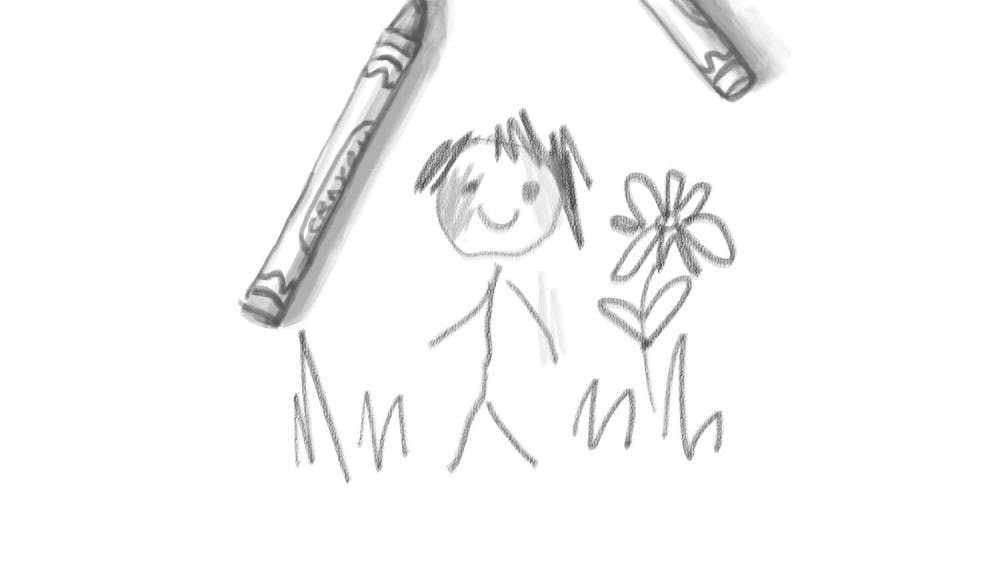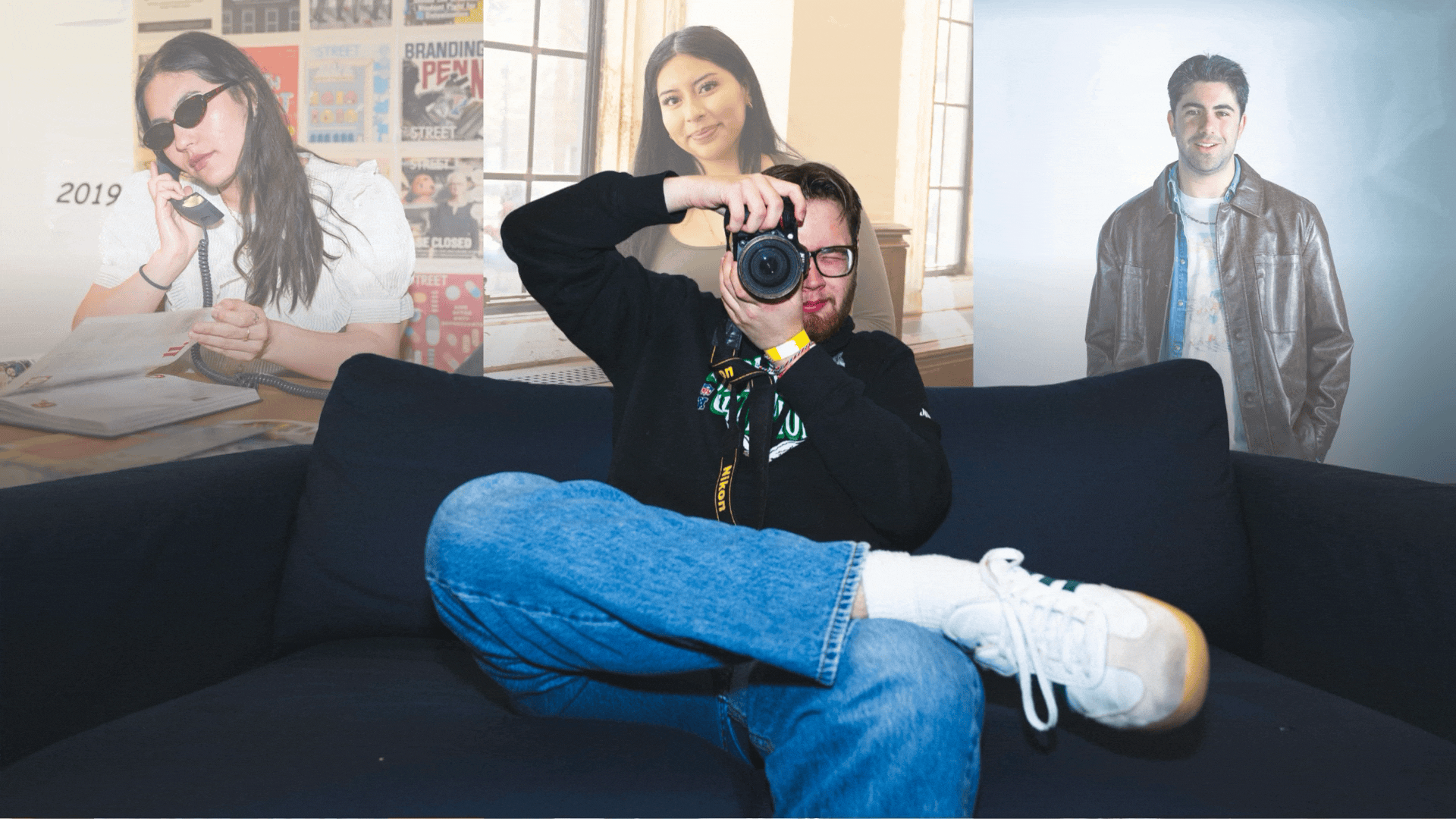I learned about race for the first time when I was five. While I considered myself white, I knew I wasn't just white like everyone else. During my first week of kindergarten, my classmates and I were instructed to draw and color in pictures of ourselves to hang up for Parents' Night. All of my classmates immediately reached for the peach crayon, but I didn't look like that. I didn't look like the beige or white crayons either. I was darker, so out of simple childhood ignorance, I colored myself in with a black crayon.
My mother was shocked on Parents’ Night. I can still clearly remember the talk we had when she came home that night.
"Sweetie, you aren't black. You're white," she explained in the most gentle way she could.
"Then why do I look different from everyone else?”
That wasn't a question that I could understand as a five–year–old. But over time, I learned my heritage is a little different. My mother's family came from Italy. I knew about that place—we had learned about it in social studies. I also learned my father's family came from Iran—a country where the streets were filled with festivity, where everyone treated each other like family. We didn't talk about that place so much in class.
But my family taught me to be proud of my heritage. My father and grandparents had emigrated from a remarkable country, and I had the hazel almond–shaped eyes, slender nose and golden skin to prove it. I grew up with Persian food, Iranian home decor and bits of knowledge in the Farsi language I'd learned from my grandparents.
In middle school, I began to ride the bus. Like typical prepubescent tweens, some kids on my bus noticed that I looked a little different. When asked about my ethnicity, I proudly responded I was Italian and Iranian. But while I never saw a reason to feel anything less than pride, the kids didn't always agree.
"Terrorist!" One shouted. "When is your family gonna blow up my house?"
"Did you do 9/11?" Cried the first boy's friend. "Terrorist!"
"No, my family's not like that!" I defended. "Iran is a good country, you just don't understand!"
And how could they have? Looking back, I only knew the true, beautiful nature of Iran because my father came from there.
High school was easier. Throughout my teen years, my ethnicity was hardly ever a source of conflict. Aside from the occasional look of discomfort I receive when explaining my often–questioned ethnicity, most people remained unphased. To them, I was more like the peach crayon than the black one. For the most part, people were just fascinated with the year–round tan that I inherited.
The times I truly felt different in high school were while filling out demographics for SATs, AP exams and college applications. What race was I supposed to put? I was white, but I wasn't all white. My grandparents spoke another language, and even though I'm Catholic, my grandparents' funerals were conducted according to Islamic tradition. How could my ethnicity share a label with the traditional, European “white?”
This past summer, I interned with a well respected community healthcare nonprofit. Despite an international reputation, the organization itself was small, and we held once monthly all–staff meetings. At the July meeting, our president informed us all that this meeting would be a little different. She broke the uncomfortable barrier between personal and professional life and brought up the Dallas shootings. She acknowledged the discomfort, but invited the staff to share their reactions to the increasingly divisive tragedies facing our country. There, I watched a mixed–race queer woman discuss her friendship with a white, Christian advocate against gay marriage. I listened as one of the smartest people I've ever known shared his story about having a gun pulled on him eight times, just for being black. I watched a white woman in her fifties sob into the microphone, sharing her fear about raising her male, white children in such a scary, hate–filled world. And after inhaling a deep breath and raising my hand, I stood up and shared the story of the black crayon.
Part of the beauty of Penn lies in its diversity. In the class of 2019 alone, 47 percent of students self–identified as students of color; 12 percent are international students. We can’t all be labeled into Crayola colors. But as we thread in and out of Locust, peer around lecture halls and parties and take stock of the people around us, our differences should be praised, not ignored. Let’s start to share our stories.







